Prompts - Text to Image
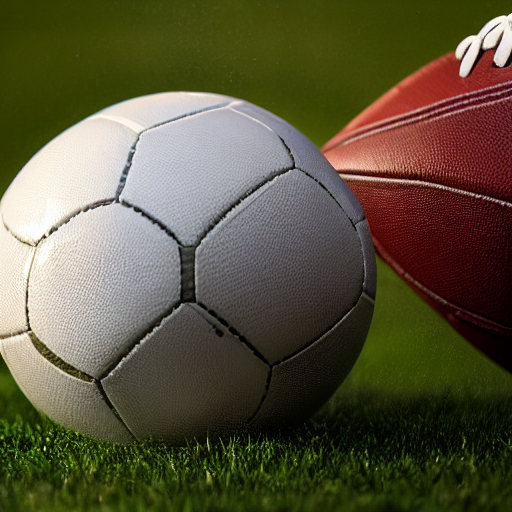
If you like our work, please consider supporting us so we can keep doing what we do. And for this month, enjoy this nice discount!
Also: if you haven’t yet, follow us on Twitter, TikTok, or YouTube!
Since the arrival of DALL-E, Midjourney and stability, prompt engineering has become a common task that one needs to be aware of to create better outcomes. In the last few weeks, I have tried all three and have generated some really interesting images very quickly.
It's fascinating what's happening on the Midjourney Discord forums. Here's some highlights:
— Alex MacCaw (@maccaw) August 22, 2022
when a user finds one AI art model much better than another, this is often because there's prompt engineering forced into the backend!
— asara near (@nearcyan) August 23, 2022
With most stable diffusion front-ends, you're required to write the entire prompt yourself
but.. MJ/DALLE/etc *force* your prompt to look good pic.twitter.com/yy9hlVXu04
Here are tips which can be used to have better prompts. These are inspired by the guidebook by Daily Stable Diffusion and my own experiments across different platforms.
All the following images are generated by Stability.ai
Avoid raw prompts
Prompts like football can give
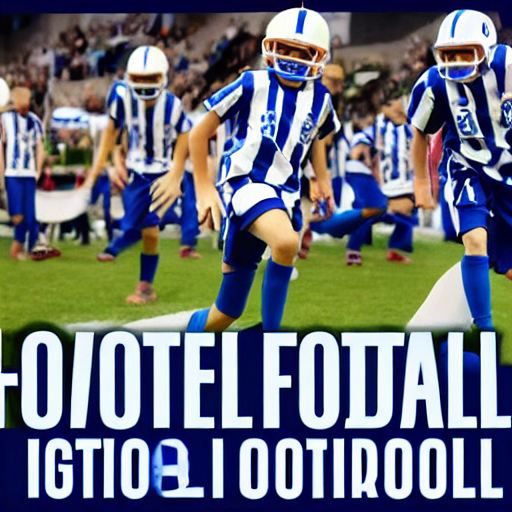


You can notice that keywords can lead to any image and not something specific or aesthetic pleasing.
Add style to your prompt,
like a pencil sketch, realistic image, oil painting etc
Prompt: A realistic photo of a football
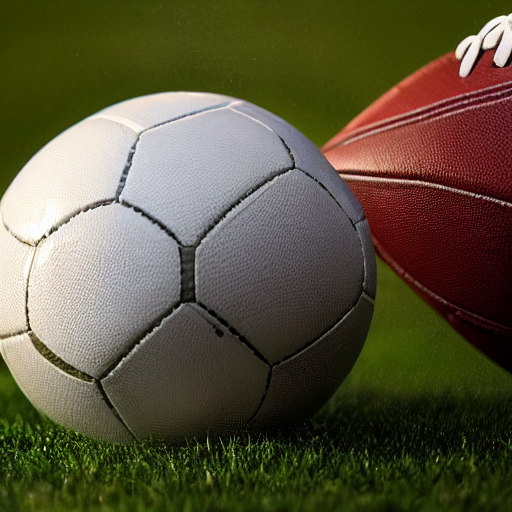
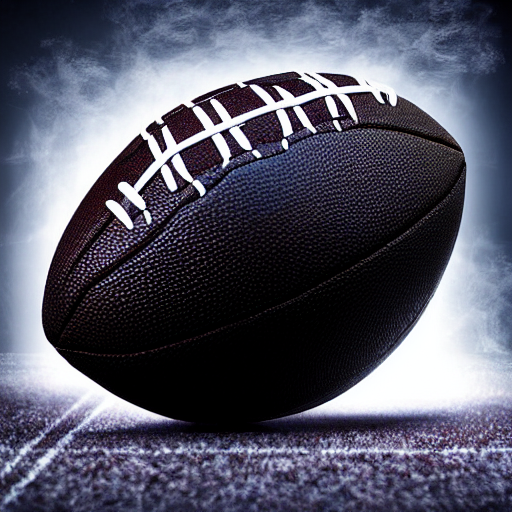
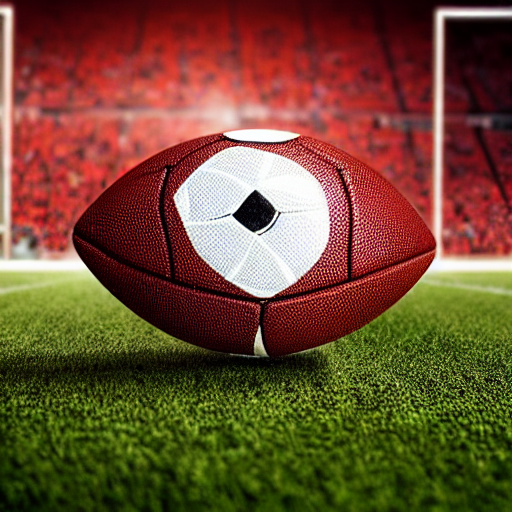
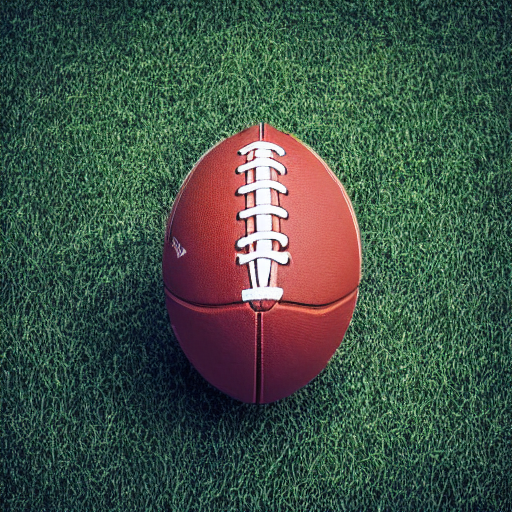
You can now find football to have a more realistic and clearer meaning.
A pencil sketch of Football
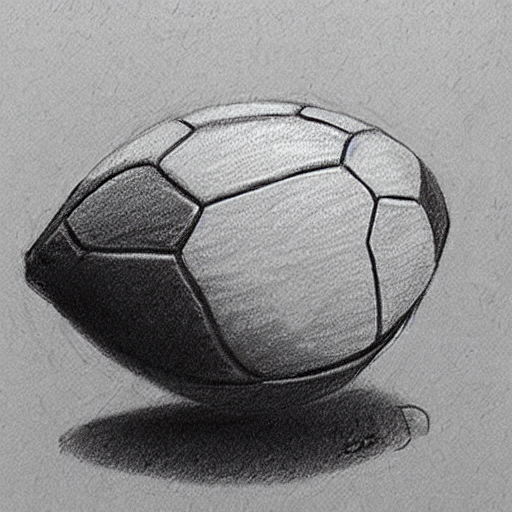
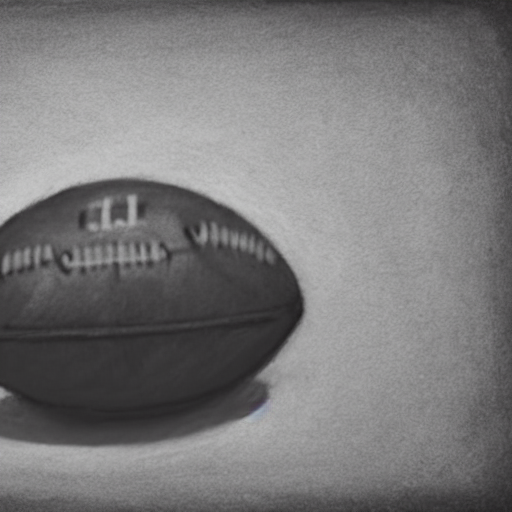
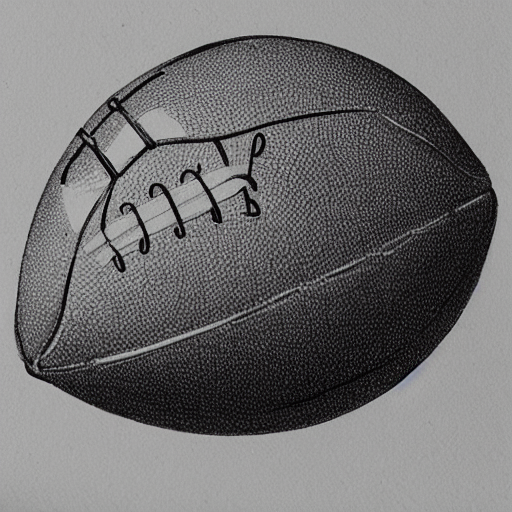
Not bad, No?
An oil painting for football
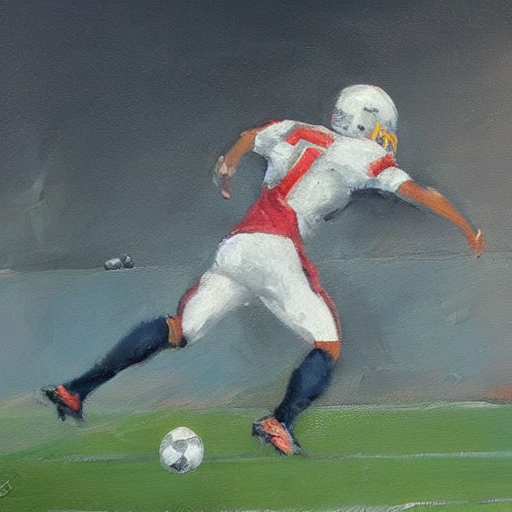
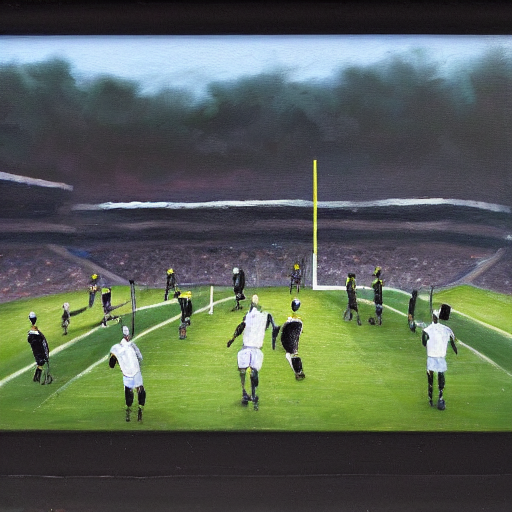
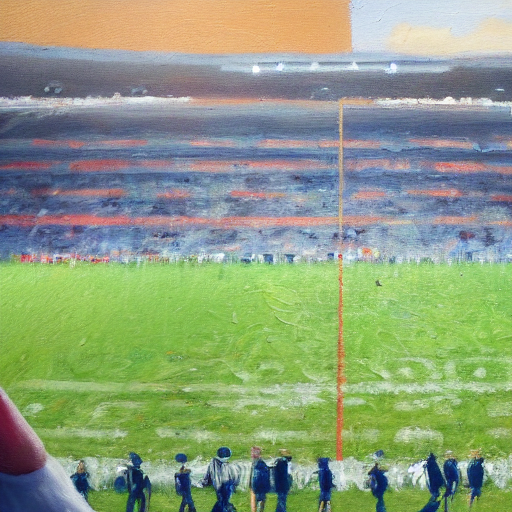
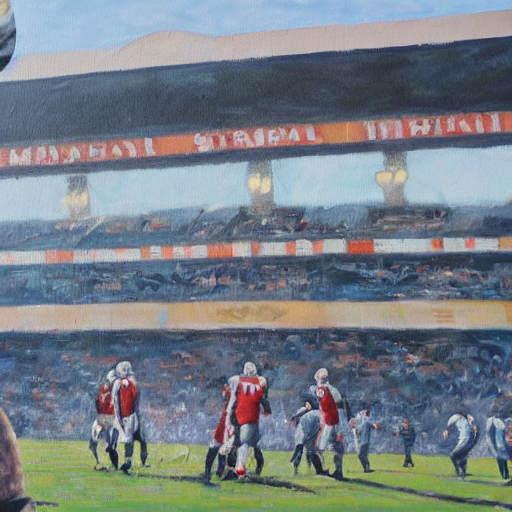
Oil painting is good when you want to showcase humans and animals. Avoid realistic photos for them as at times diffusion generates disfigured images.
Add the artist's name
Models are good at copying an artist's style, so if you are looking at someone's specific style, these models are really good for that.
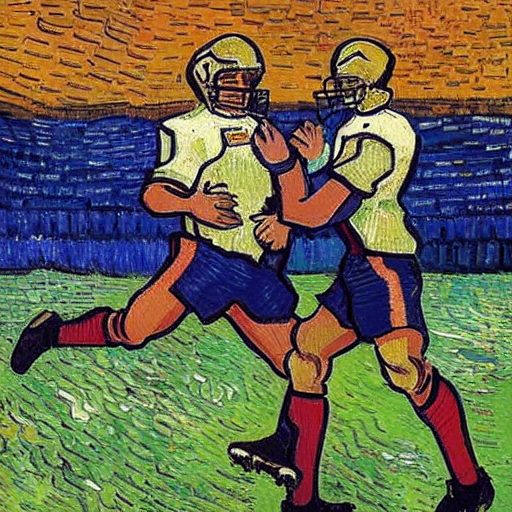
Football in the style of John Singer Sargent

Football in the style of Claude Monet

Be as specific as you can to get a better and more relevant image from your prompts. Stability also provides you with the parameters like CFG scale, steps, and sampling method which you can play around with. Note that image generation is very sensitive to the seed value and any change to it can lead to an entirely different image.
Now sample this:
A realistic closeup photo of a droplet of beer on the glass beer with froth inside the glass
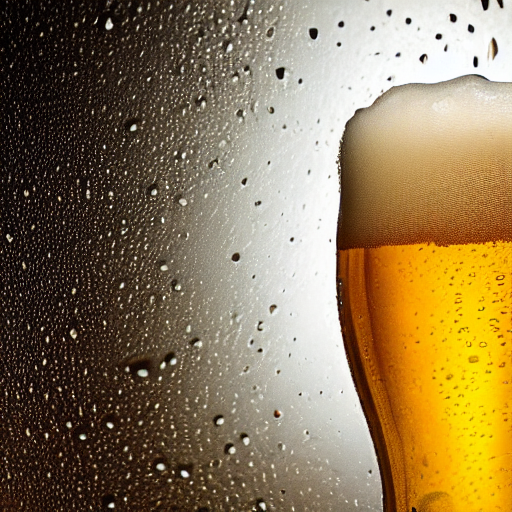
The clearer the instructions, the better the results.
If you are playing with realistic photo images, the higher the steps for diffusion, the better the results. (More steps or higher resolution will take more credits)
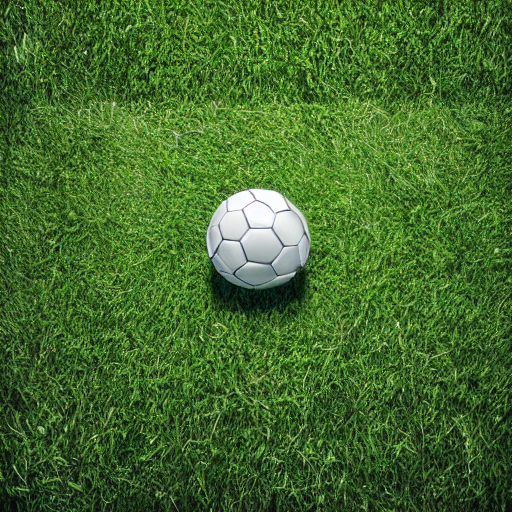
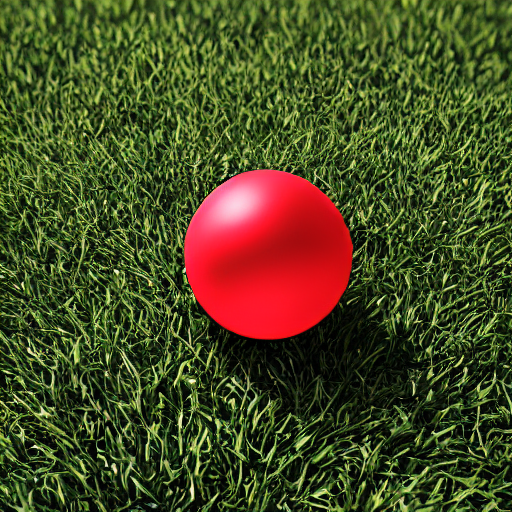
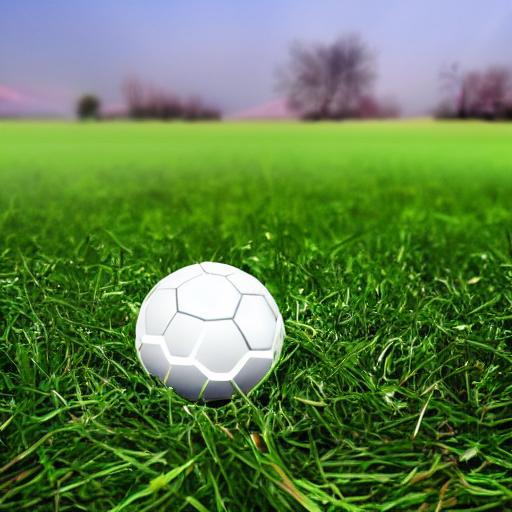
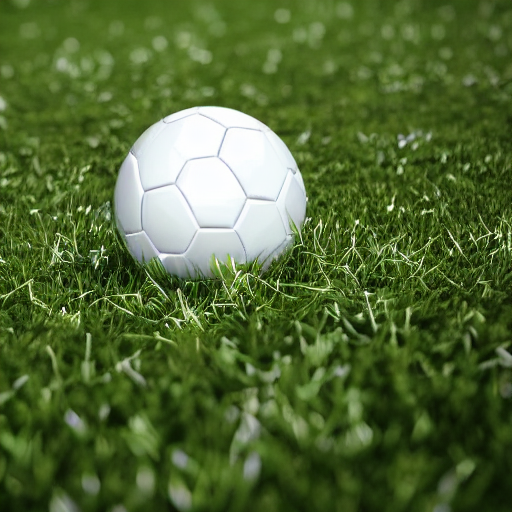
Over the next few days, I will do more experiments around these tools and will share my findings.
Do you like our work?
Consider becoming a paying subscriber to support us!
No spam, no sharing to third party. Only you and me.






